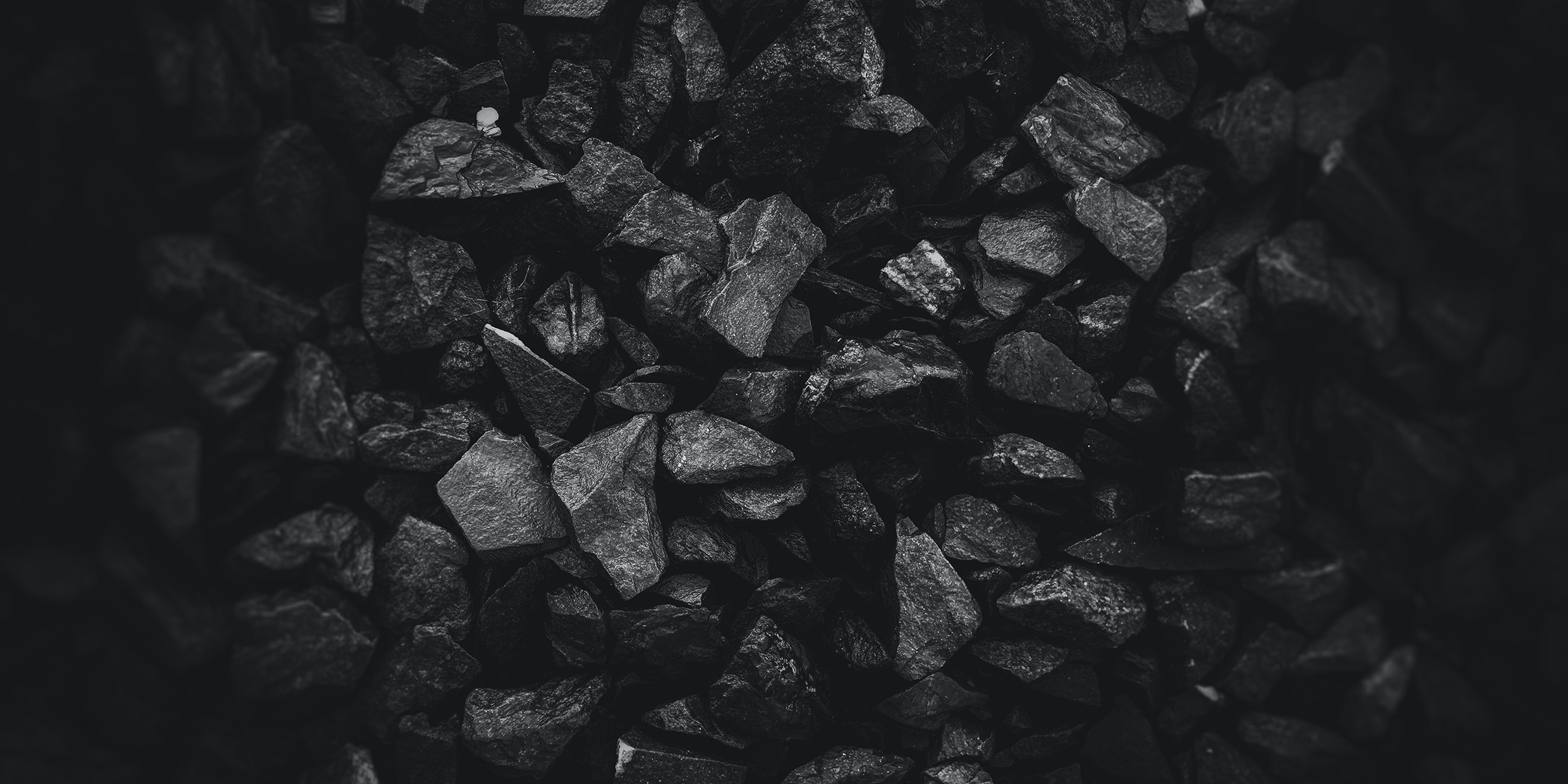Originally published 1 December 1997
“Diamonds are forever” say the De Beers ads.
Well, yes and no. Depends on what you mean by forever.
Diamonds are pure carbon. Carbon atoms in a diamond crystal are linked in a three-dimensional lattice, like the steel frame of a skyscraper. The lattice gives hardness, rigidity. The regularity lets the diamond shine, form facets, glimmer with a deep light.
But let carbon atoms join in another fashion, with different bonds, then instead of glittering diamond they become black graphite, flat sheets of atoms that slip and slide one across the other. Or carbon atoms can roll themselves into tubes, or sphere-like polyhedrons called fullerenes, after Buckminster Fuller, the inventor of the geodesic dome.
Carbon is the wizard element, the archmagician. No other atom is so versatile in its arrangements with itself. And other atom is so fluent in the speech of other elements; it forms alliances with ease and grace.
The British chemist P. W. Atkins says: “Carbon’s kingliness as an element stems from its mediocrity.” It is not so anxious to give up electrons as, say, hydrogen or calcium. Nor is it so ready to receive electrons from its neighbors as, say, oxygen or chlorine. It is a giver and a taker in moderation, nature’s fulcrum. If elements can be thought of as having personalities, carbon is steady, balanced, reliable — welcoming friendships, but content with its own company. In medio stat virtus—in the middle stands virtue, the golden mean.
These qualities of carbon make it the armature of life. Chains, trees and rings of carbon atoms are the skeleton of all living matter. The molecules that account for the muscles of the heart, the stink of a skunk, the color of carrots, the hormones of sex, the taste of vanilla, the hot pungency of peppers, have a backbone of carbon. All life on Earth is a flourish on the theme of carbon.
Every carbon atom that ever was, still exists (with the exception of radioactive carbon-14 atoms, with two extra neutrons in their nucleus). The carbon atoms that were squeezed and cooked in the depths of the Earth to make natural diamonds had previous lives, perhaps as parts of the planet’s soft wrap of air. The carbon atoms in diamonds may themselves abrade into the air to become part of a butterfly’s wing. Contrary to the De Beers motto, diamonds come and go; it’s their atoms that are forever.
Cosmologists tell us that at the only elements created in the Big Bang were hydrogen and helium. The first generations of stars and planets contained no carbon, oxygen, silicon, or iron. All of the heavy elements in the universe today were created in stars as they burned, fused together from hydrogen and helium, and cast into interstellar space at the end of a star’s life. Stars die violently, and when they go they spew into space a breath of heavy atoms, carbon among them. Every dying star adds a whiff of carbon to the universe.
The Hubble Space Telescope has provided us with remarkable images of dying stars. We see them puffing off their outer layers into the interstellar medium, like insects shedding chitin shells, or exploding swirling masses of their substance away from their collapsing cores. The photographs are spectacularly beautiful. These events are the most violent we know about in the universe. And with each beautiful, violent star death the universe gains atoms of carbon, oxygen, silicon, and iron.
Countless generations of stars lived and died in the universe before our solar system was born, and every star added heavy atoms to the interstellar medium. Slowly, the primordial hydrogen and helium was spiced with carbon. When our solar system formed about 4.5 billion years ago, there were enough heavy elements in the parent nebula, including carbon, to make a few tiny solid-surface planets.
The Earth is a smidgen of collected stardust.
We take our own atoms from the Earth as we grow. Every carbon atom in our bodies was once blasted from a star. Even during our lives, our atoms are temporary; they come and go, in and out of our bodies like a slow breath, in constant replacement. Our abiding selves are not atoms, but information, contained in the DNA, and in the intricately woven neural networks of our brains. Carbon atoms blow in and out of us like a wind, orchestrated by that exquisite score called life.
When we die our atoms will recirculate, becoming part of earth, or air, or another living thing. What goes around, comes around, stardust given and taken, carbon atoms forming alliances with hydrogen, oxygen, nitrogen, phosphorus, sulfur, as only carbon atoms do with such facility, such wondrous variety of form.
“All things flow,” said Heraclitus. We cannot step in the same river twice, he said. The flow is even more pervasive than he imagined. Even the foot that steps in the river is in constant flux. What flows are atoms, in a constant shuffle, in and out of stars, of nebulas, of planets. Of all these atoms, it is carbon that provides the frame upon which life weaves its woof and warp of variation.
Carbon is the backbone, flowing, in and out, like an enduring flame. Forever.



